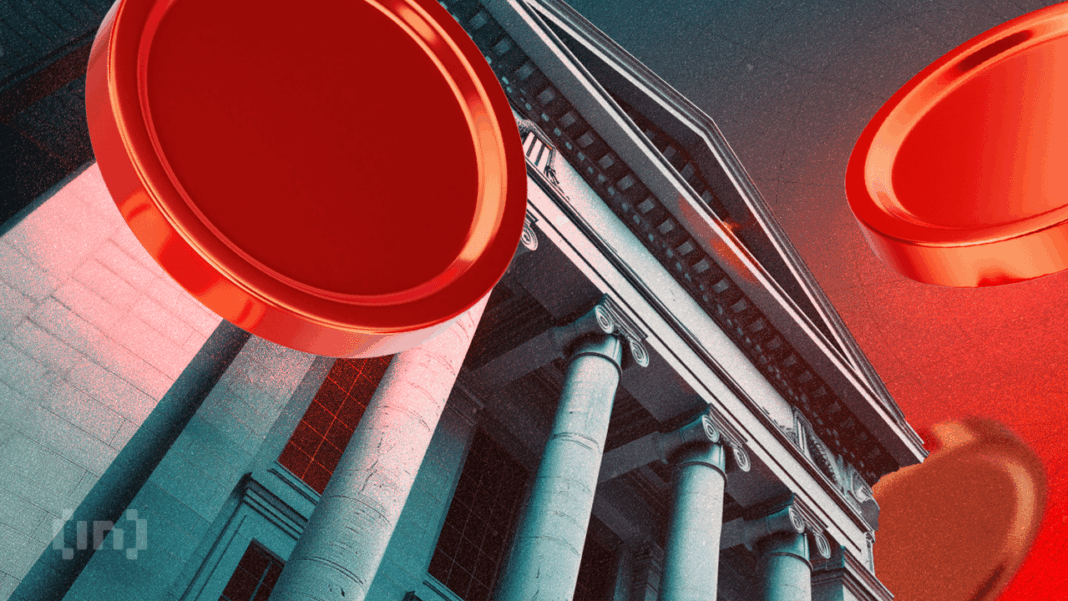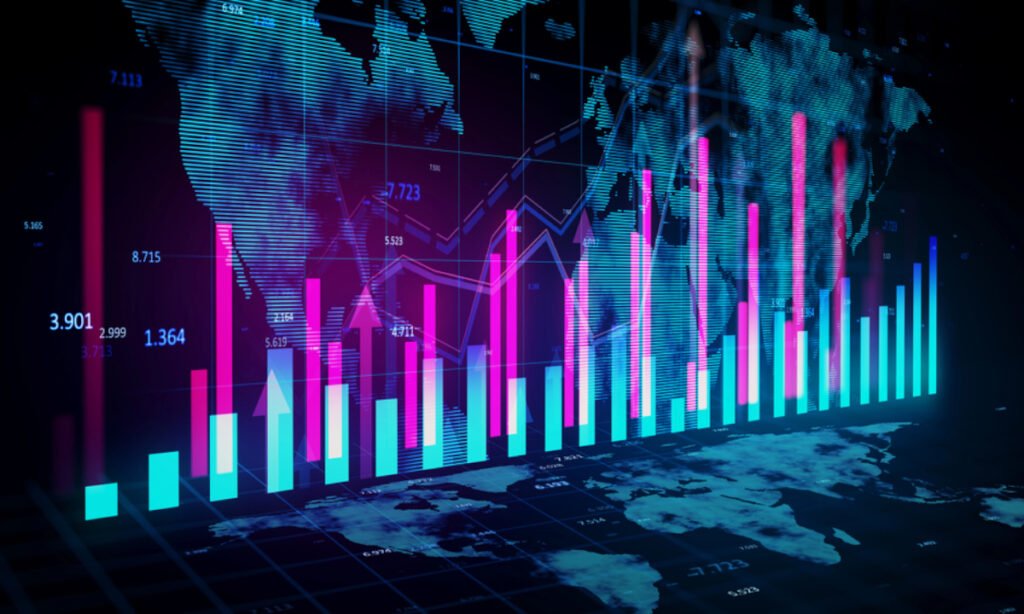The Golden Reversal: Central Banks Lead the Charge
A Thirty-Year Crossover
The data is unambiguous. Barchart’s latest figures confirm the trend: central banks are on a gold-buying spree, accelerating into 2025. This isn’t a fleeting fancy; it’s a sustained accumulation of the precious metal that’s been building momentum for years. The World Gold Council reports net purchases of 19 tonnes in August alone, following 10 tonnes in July, setting the stage for an estimated 900 tonnes for the year. To put this in perspective, this is the fourth consecutive year where global purchases have more than doubled the long-term average.
The Kobeissi Letter highlights the remarkable duration of this trend, noting that central banks have been net buyers of gold for the past 16 years. This marks a stark contrast to the two decades prior to 2010, when these very same institutions were actively shedding their gold holdings.
Why the Sudden Obsession with Gold?
The drivers behind this golden renaissance are multifaceted. While inflation undoubtedly plays a role, the underlying narrative is far more complex. Macro researcher Sunil Reddy points to the shrinking Federal Reserve’s reverse-repo balances as a critical catalyst. As this liquidity pool diminishes, capital seeks refuge in assets that cannot default – hard money. In this context, gold is emerging not just as an inflation hedge, but as “pristine collateral,” the ultimate asset of last resort.
The erosion of trust in traditional financial instruments is palpable. The US government’s escalating debt burden, with nearly 23 cents of every revenue dollar now allocated to interest payments, is raising eyebrows globally. Coupled with political gridlock and escalating debt concerns, foreign confidence in US Treasuries is waning, creating a vacuum that gold is eager to fill. As analysts suggest, it’s not that gold has changed, but rather that the measuring stick of fiat currencies is collapsing. Major currencies like the British pound and Swiss franc have already lost a staggering 70% to 90% of their value against gold since the 1970s.
Digital Gold on the Horizon: Bitcoin’s Moment?
Bitcoin vs Gold
While gold is enjoying its resurgence, the crypto community is asking a crucial question: is this the beginning of Bitcoin’s ascent as a viable alternative? Crypto investor Lark Davis noted that during a recent week, while gold experienced its steepest one-day drop since 2013, plummeting by 5%, Bitcoin surged by 3%. This divergence has sparked speculation about a potential rotation of capital from traditional safe havens into digital assets.
Davis suggests that even a small fraction of gold’s market capitalisation flowing into Bitcoin could trigger an unprecedented rally, with 1% equating to a potential price target of $134,000 and 3% pushing it towards $188,000. This sentiment echoes Mister Crypto’s assertion that “digital gold is next,” hinting at a significant shift brewing beneath the surface of the financial markets.
Caveats and Considerations
It’s crucial to maintain perspective. The recent gold pullback, while seemingly dramatic, was largely attributed to mechanical factors, specifically a large ETF block trade that triggered algorithmic volatility. As one analyst noted, “Nobody important sold,” and Chinese gold ETFs even increased their exposure during the selloff. This suggests that the underlying conviction in gold remains strong, even amidst short-term fluctuations.
The Bigger Picture: What Does It All Mean?
Regardless of whether Bitcoin will imminently challenge gold’s dominance, the broader trend is undeniable: the world’s monetary guardians – the very institutions that issue fiat currency – are strategically shifting towards hard assets. As Crypto Jargon aptly asks, “If the people who control the money printer are stacking gold, what should the rest of us be stacking?”
This is not just about gold; it’s about a fundamental reassessment of trust in traditional financial systems. The shift towards hard assets reflects a growing unease with fiat currencies and the escalating debt burdens of major economies. For the crypto community, this presents both an opportunity and a challenge.
The Future of Finance: Crypto’s Role
Opportunity Awaits
- Validate Bitcoin’s Narrative: If Bitcoin can successfully position itself as a credible alternative to gold, it stands to capture a significant portion of the safe-haven market.
- Diversification: Crypto investors should consider a diversified portfolio that includes both traditional assets like gold and innovative digital assets.
- Advocate for Sound Monetary Policy: The crypto community must continue to advocate for transparent and responsible monetary policies that safeguard against inflation and financial instability.
The Coming Decade
The current state of global finance, characterised by central banks transitioning from net sellers to record buyers of gold, may very well define the decade ahead. It’s a period of unprecedented change, where traditional assumptions are being challenged and new paradigms are emerging. The crypto community must remain vigilant, adaptable, and proactive in shaping the future of money and finance.






